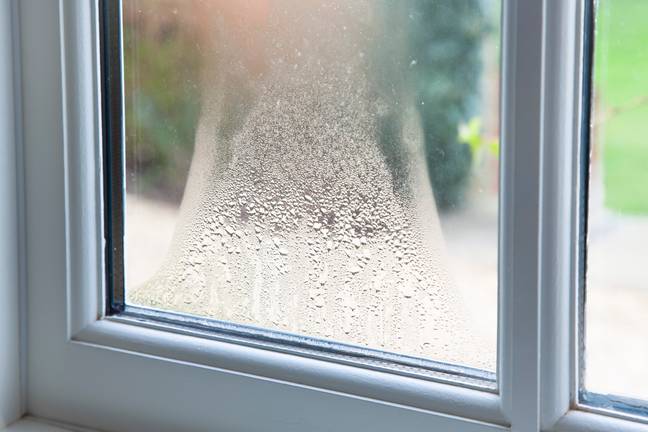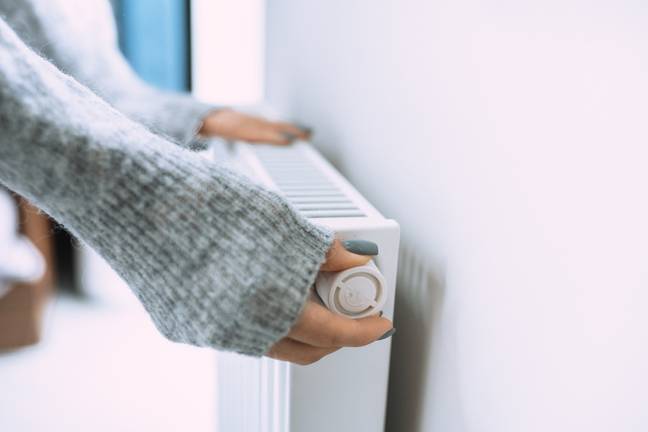As the winter months roll in, you may have noticed the cold weather invites two unwelcome guests into your home.
Instead of opening the curtains and seeing blue skies, you are likely greeted by a window drenched in condensation.
It’s best friend mould won’t be far behind either, as the pair go hand in hand during the cold months.
When moist, warm air meets a cold surface it causes condensation, which can lead to damp.
This sitting water can then encourage mould to sprout across your surfaces, in the corners of rooms and other poorly ventilated areas.
The horrid black spots invading your cosy home aren’t just ugly either – they can be harmful for your health.
You may experience respiratory problems, or the mould could exacerbate any existing ones you already have.
 Brits are plagued by condensation on their windows in the colder months. Credit: Getty Stock Images
Brits are plagued by condensation on their windows in the colder months. Credit: Getty Stock Images
Inhaling or touching the spores could trigger an allergic reaction, bronchitis or bring on an asthma attack.
And that’s hardly any way to get in the Christmas spirit, is it?
To stop mould from getting the chance from forming, it’s important to limit the moisture in the air.
Some people use a dehumidifier, but blasting the heating also works a charm too.
However, as energy bills continue to skyrocket, some Brits are reluctant to whack the radiators on due to the cost.
Thankfully, experts have revealed the exact temperature you should heat your home to that will help ward off damp and mould without breaking the bank.
People should keep their home at 18 degrees or higher, according to the World Health Organisation (WHO).
But energy boffins say you can set the thermostat a little bit lower to stop condensation from creeping in – especially during the night or when you’re out of the house.
 You don’t have to have your heating on very high to deter condensation and mould, experts say. Credit: Getty Stock Images
You don’t have to have your heating on very high to deter condensation and mould, experts say. Credit: Getty Stock Images
Managing director at Utility Bidder, James Longley, explained that you don’t need to have the heating on that high.
He said: “Studies have suggested that the ideal temperature to heat your home is between 18 and 21 degrees Celsius during the colder months.
“However, when it comes to preventing damp, it’s important to try and keep the temperature of your property around at least 14 to 15 degrees.
“This will maintain a warm enough environment to help prevent areas of dampness or mould from surfacing.”
If certain rooms in your home seem to be colder or routinely get wet – like a bathroom – you should keep these slightly warmer than James’ recommendation.
But instead of firing up the radiators in every single room, this hack will allow you to save cash in the long run.
To be on the safe side, wipe away any condensation you spot on your windows and doors as soon as you see it.
It’s also best to check corners and other dark areas – like behind a cabinet – to make sure mould hasn’t taken over.
If it has, grab some gloves and a mask for protection and give it a wipe with either a mould remover spray or white vinegar.
And Bob’s your uncle!
>>> Read full article>>>
Copyright for syndicated content belongs to the linked Source : The Lad Bible – https://www.ladbible.com/news/uk-news/temperature-heat-home-avoid-condensation-mould-364551-20231029






























